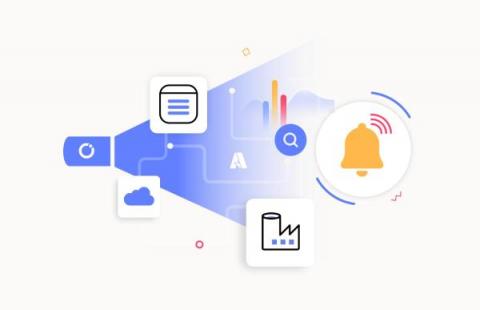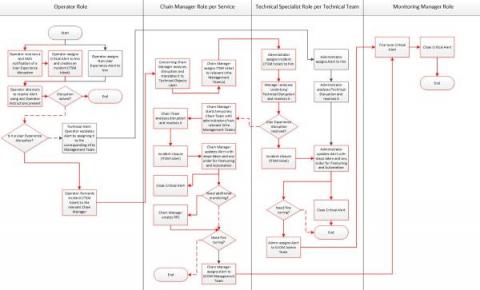Operations | Monitoring | ITSM | DevOps | Cloud
Alerting
Alerting with Grafana and InfluxDB Cloud
SIGNL4 Onboarding: 3rd Party Integration: Webhook & Email
Azure Data Factory Monitoring and Alerting: The Ultimate Guide
Prometheus Sample Alert Rules
Prometheus is a robust monitoring and alerting system widely used in cloud-native and Kubernetes environments. One of the critical features of Prometheus is its ability to create and trigger alerts based on metrics it collects from various sources. Additionally, you can analyze and filter the metrics to develop: In this article, we look at Prometheus alert rules in detail. We cover alert template fields, the proper syntax for writing a rule, and several Prometheus sample alert rules you can use as is. Additionally, we also cover some challenges and best practices in Prometheus alert rule management and response.
Manan Verma's First Major Incident | Incidentally Reliable Podcast Ep.2
The Ultimate Guide to Automating and Mobilizing Your Secops Processes with Derdack SIGNL4 and Microsoft Sentinel
The threat and security landscape is becoming increasingly cluttered. As incidents increase, so do alerts and notifications, leading to too many alerts and too few hours to address them. Many businesses work remote and with the ever-present smartphones, we are always on the go. Yet it is essential that security teams receive and prioritize meaningful threats, but that task is easier said than done.
The Crucial Role of Event Management in IT Operations: Preparing for the Future with AI
Event management is a critical process within IT service management, offering a structured method to detect, assess, and respond to events that could disrupt business services. Essentially, event management is a systematic approach to tracking all detectable occurrences within IT infrastructure, applications, systems, and services.
Why an incident response plan is a security must-have for every organization
“By failing to prepare, you are preparing to fail. Preparation prior to a breach is critical to reducing recovery time and costs.” (RSAConference) For 83% of companies, a cyber incident is just a matter of time (IBM). And when it does happen, it will cost the organization millions, coming in at a global average of $4.35 million per breach. The damage isn’t only financial, nor solely related to customer loyalty and brand equity.
Never-firing alerts: What they are and how to deal with them
Alerting is one of the main reasons for having a monitoring system. It is always better to be notified about an issue before an unhappy user or customer gets to you. For this, engineers build systems that would check for certain conditions all the time, day and night. And when the system detects an anomaly - it raises an alert. Monitoring could break, so engineers make it reliable. Monitoring could get overwhelmed, so engineers make it scalable. But what if monitoring was just poorly instructed?











